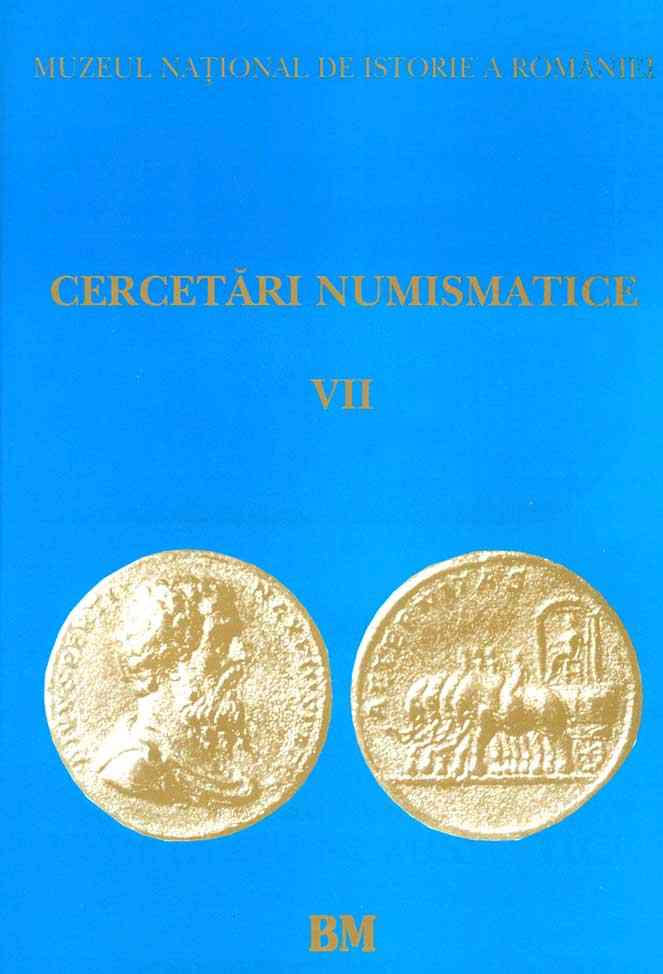
Un tezaur otoman din secolul al XVII-lea descoperit la Nalbant, jud. Tulcea / An Ottoman Hoard from the 17th Century Discovered at Nalbant – Tulcea County
| Autori |
|
| Secţiunea |
|
| Limba de redactare | română |
| Descriptori |
|
| Excerpt | The author presents for the first time Ottoman coins from a treasure discovered at Nalbant, district of Tulcea. The treasure has been studied about 2 years ago, when the author went with the students from the Bucharest Faculty of History-Philosophy to the "Delta-Dunării" Museum in Tulcea for a practical training. This treasure belonged to the rich collections of oriental coins of the museum for a long time. The circumstances and the topographical conditions the treasure was found in arc not known. Neither is known whether all the coins of the treasure were found and preserved. However, the treasure seems to be representative for the coin circulation from the Ottoman Dobroudja of the first half of the 18th century. In 1976 the Nalbant treasure consisted of 350 pieces (348 of silver). Among them there are 345 Ottoman coins that can be dated between 1595 (Mehmed II) and 1648 (Ibrahim I), i.e. 339 aspers, 2 besliks (5 asper coins), 2 para and 2 copper manghirs. One Tartariari coin issued probably by Inayet Giray (A.D. 1635-1637): one Netherlander thaler from 1625 (published by Ernest Oberlander-Târnoveanu). One 6 groschen Polish coin (sextuplus-groschen), called "shushtak" in Wallachia (published by the researcher mentioned above). 2 Ragusa coins - 1 grosso from A.D. 1617-1621 and 1 grossetti issued in 1638 or 1639. Therefore, the treasure consists mostly of Ottoman coins (98.57%) and may be called an Ottoman treasure", buried in the Ottoman Dobroudja. The presence of the aspers (97.14%) as well as the great number of those coins (339 pieces), let us assume that we are dealing with the most homogeneous and noticeable discovery of aspers of the 18th century from today Romania. An analysis of the aspers from this treasure diminishes the negative image we hold until now about the quality and weight of these coins in the monetary system of the first hall of the 17th century. That analysis together with the documentary dates prove that the main Ottoman silver and calculation coin did not follow continue regressive line during that interval but marked a gradually and difficult return that ended up with a relative certain stabilization towards the middle of the 18th century. The Otton coins were grouped after issuers and mints and this classification (plates 1 and 2) prove that 83.47% of these coins date from Ibrahim I (164-1648). The great majority of the aspers come from a mint of Istanbul, not from the mints of the Balkans (especially Novo Brde and Kratovo) which were closed alter the reign of Murad IV (1623-1640). The burial of this small "pocket-deposit" could be connected with the loss of security caused by the many attacks of the Cossacks or by the great Ottoman campaign of 1672. It might also be an ordinary action, a natural precautionary measure of a native from that region. |
| Paginaţia | 199-208 |
| Descarcă fişierul | |
| Titlul volumului de apariție |


